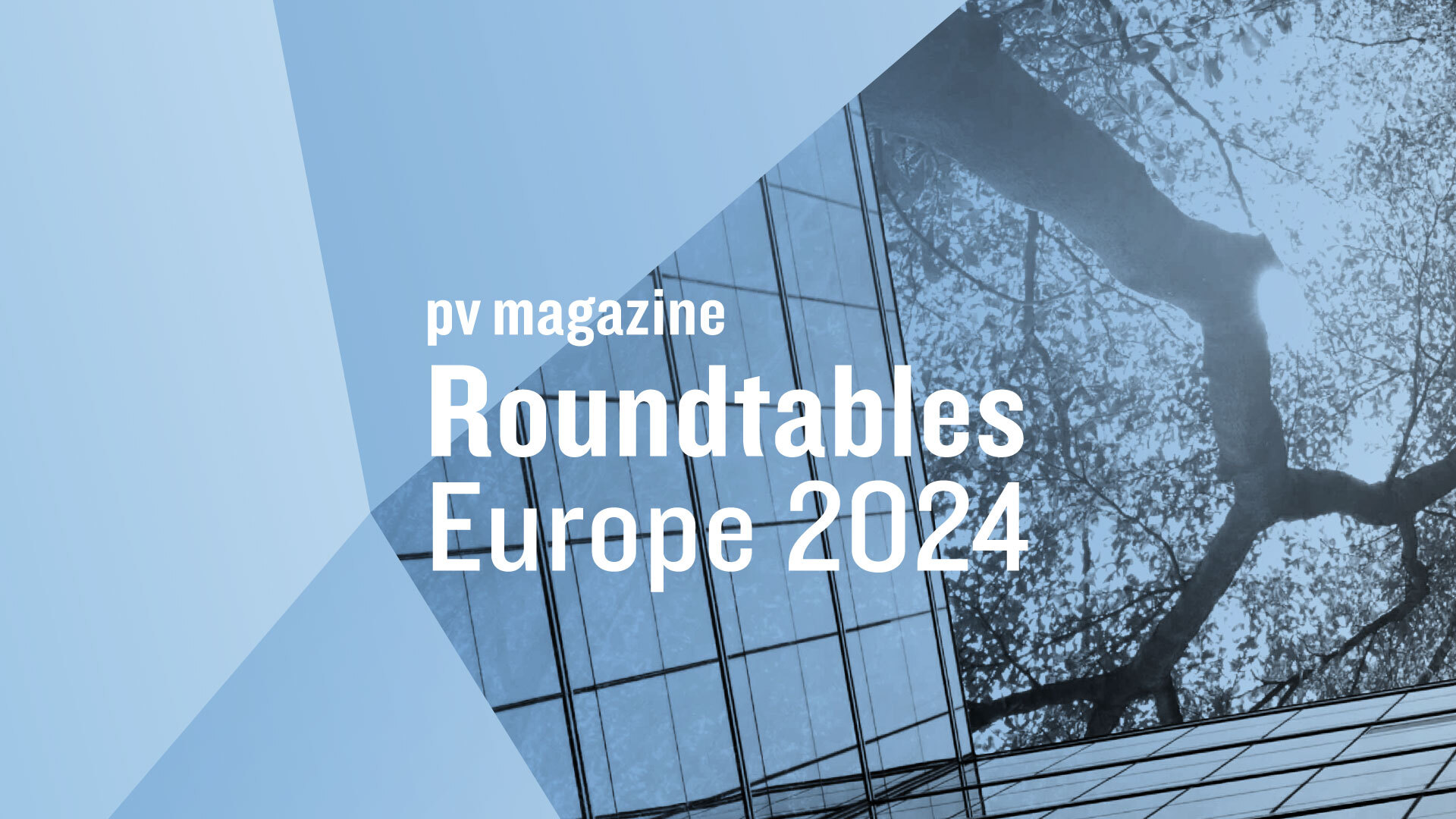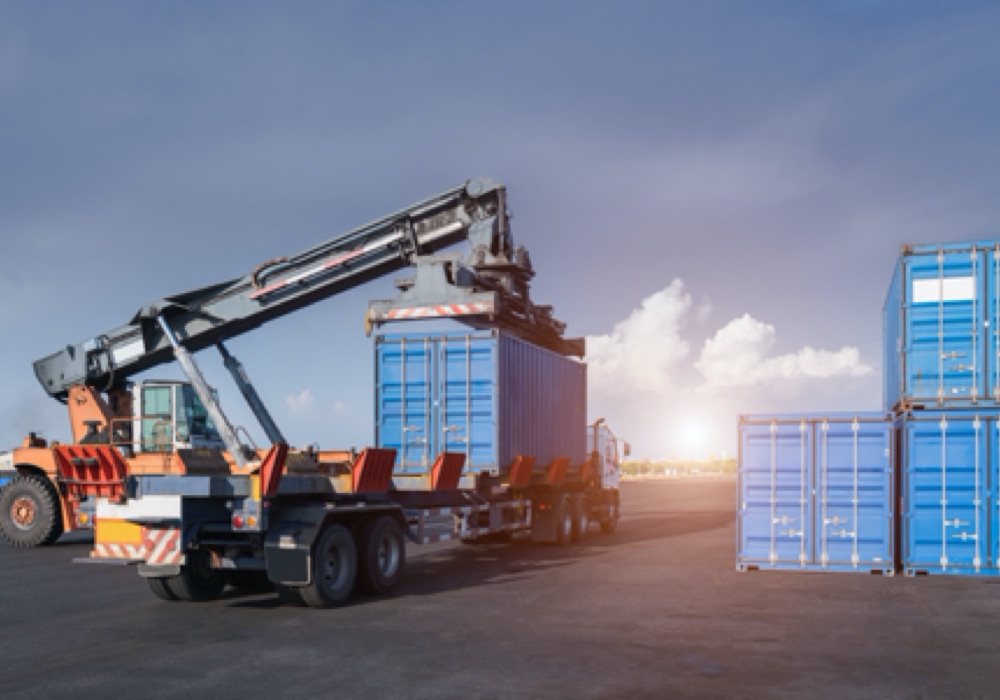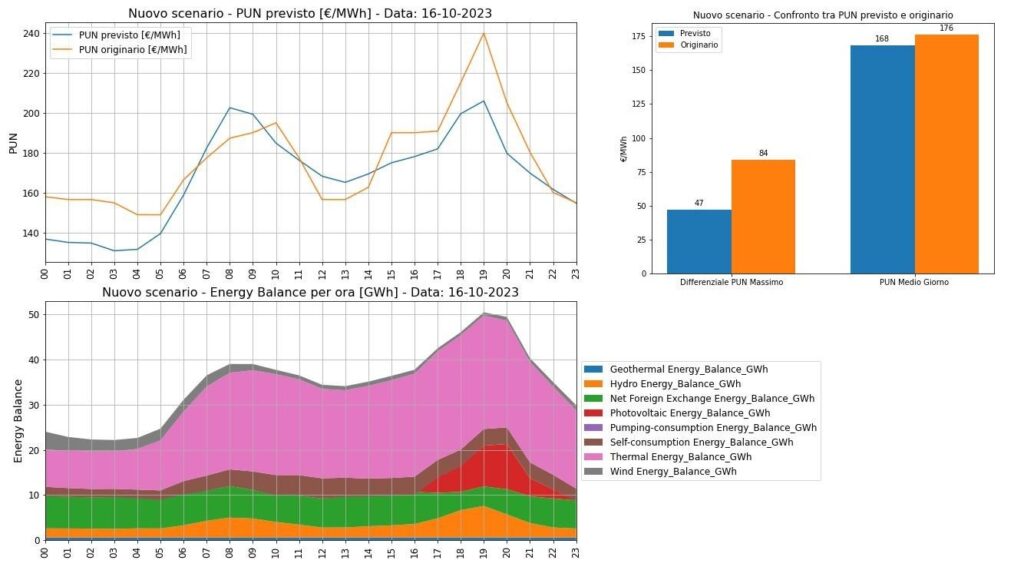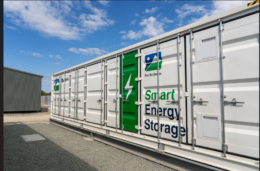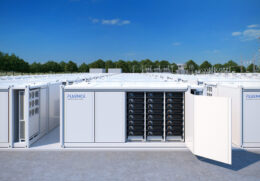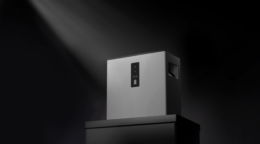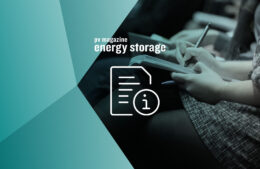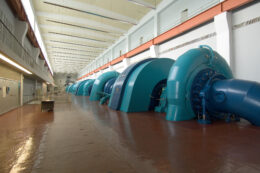In Conversation: Wärtsilä’s strategy of concentration
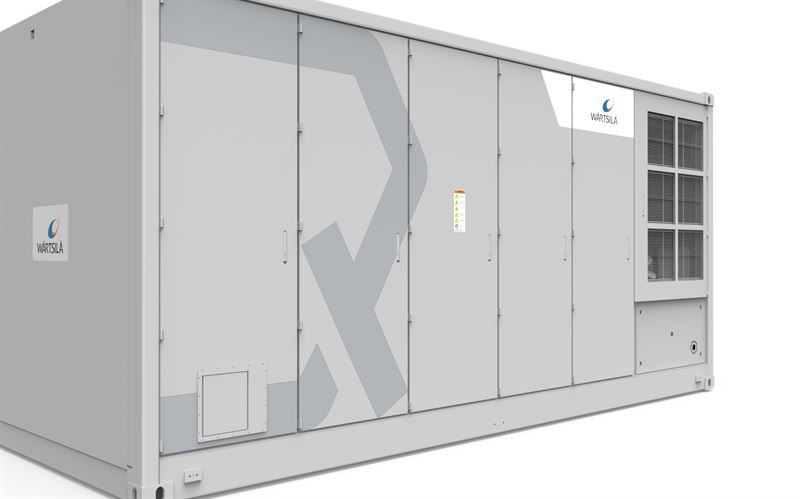
While many players in the battery energy storage space endeavor to spread out across the globe, Finnish BESS integrator Wärtsilä ES&O is looking to take a more measured approach and focus on a limited number of markets within the footprint of their existing installed base to better cater to market-specific demands.
With over 12.5 GWh of contracted systems, including 8.5 GWh already in operation, the company is looking to further establish its footprint in the US, Canada, Chile, the UK, the Netherlands, Belgium, Taiwan, and Australia.
The upcoming energy storage tender in Italy could potentially be undersubscribed.
“We are also looking at Italy and Spain. But the upcoming energy storage tender in Italy could potentially be undersubscribed as the systems will be offered 10-year offtake contracts for 95% of their capacity leaving little room for making revenues elsewhere,” says Andy Tang, VP of energy storage at Wärtsilä ES&O.
Nonetheless, the company is planning to boost its production capacity by 30-40% annually over the next couple of years, up from around 6 GWh at present.
Move to lithium iron phosphate (LFP) battery cells
Like many other system providers, Wärtsilä ES&O has already moved to bigger cells, specifically lithium iron phosphate (LFP) battery cells with 306 Ah capacity. However, to avoid potential logistic issues, its latest product, Quantum2, packs 4 MWh in a 20-foot container.
“Many cranes in ports cannot lift more than 40 tons. Many roads cannot bear that weight either. If you need to account for high expenses in shipping, then all margins are quickly gone, and the cost of ownership is soaring. This is why Wärtsilä ES&O is not going much bigger on energy density at the system level,” Tang says.



